Brown pelicans (Pelecanus occidentalis) are huge, stocky seabirds with thin necks and very long bills with a pouch that stretches as it is used for catching fish. They measure 39.4-53.9 inches with a wingspan of 78.7 inches and weigh about 70.5-176.4 oz. Adults are grayish brown with yellow heads and white necks. Their breeding plumage turns a deep reddish-brown along the back and sides of the neck. Juveniles are gray-brown from above, which includes the head and neck, and the belly and breast are a pale white.
The brown pelican has a wide range, living year-round in estuaries and coastal marines along both the east and west coasts. They breed between Maryland and Venezuela and between southern California and southern Ecuador. Breeding occurs mostly on barrier islands, natural islands in estuaries, and islands made of refuse from dredging. However, in Florida and southern Louisiana, they primarily use mangrove islands. When not feeding or nesting, they will rest on sandbars, pilings, jetties, breakwaters, mangrove islets, and offshore rocks, depending on the region.
Their diet mostly consists of small fish that form schools near the water’s surface. Pelicans generally forage during the day but can feed at night during the full moon. When a foraging pelican spots a fish, it will dive headfirst from as high as 65 feet! It will tuck and twist to the left to protect its trachea and esophagus from the impact. When it plunges into the water, the throat pouch will expand to trap fish, filling up to 2.6 gallons of water. Before swallowing, they will drain the water from their pouches. They will occasionally feed by sitting on the surface and seizing the prey with its bill. These birds will also steal from other seabirds, scavenge dead animals, and eat invertebrates.
Even though brown pelicans are awkward on land, they are strong swimmers and excellent fliers. Pelicans are highly social all year, breeding in colonies of up to several thousand pairs. Males will defend a nest site and the nearby perches for up to 3 weeks until they attract a mate; the pair will then be monogamous throughout the breeding season. The parents incubate the eggs with their feet. If disturbed, the parents will fly suddenly and, in haste, sometimes crush their eggs. The clutch size is 2-4 eggs; the incubation period is around 29-35 days. The eggs are chalky white; during incubation, they will become stained. The nestling period for the hatchlings is about 77-84 days before they can leave the nest. The hatchlings are helpless, with no feathers and bare pink skin; their eyes are open. Parents will regurgitate predigested fish onto the nest floor for their young, later switching to whole fish once they are big enough. The young will reach sexual maturity at about 3-5 years.
Thanks to conservation efforts, the brown pelican populations stabilized and slowly increased between 1966 and 2019, according to the North American Bird Breeding Survey. They nearly disappeared from North America between the late 1950s and early 1970s from pesticides entering the food chain. The pesticide Endrin kills pelicans directly, while DDT contamination leads to thin-shelled eggs that break under the weight of the parents. In 1970, brown pelicans were federally listed as endangered. Due to the plight of pelicans and other species, DDT was banned in 1972, and the use of endrin was reduced; this enabled the pelican population to rise. Though human disturbance can still cause an issue for pelicans, frightened pelicans often abandon or accidentally destroy their nests. Abandoned fishing lines threaten brown pelicans and other marine species. It has been estimated that more than 700 adult and immature pelicans die each year in Florida alone from entanglement in sport-fishing gear.

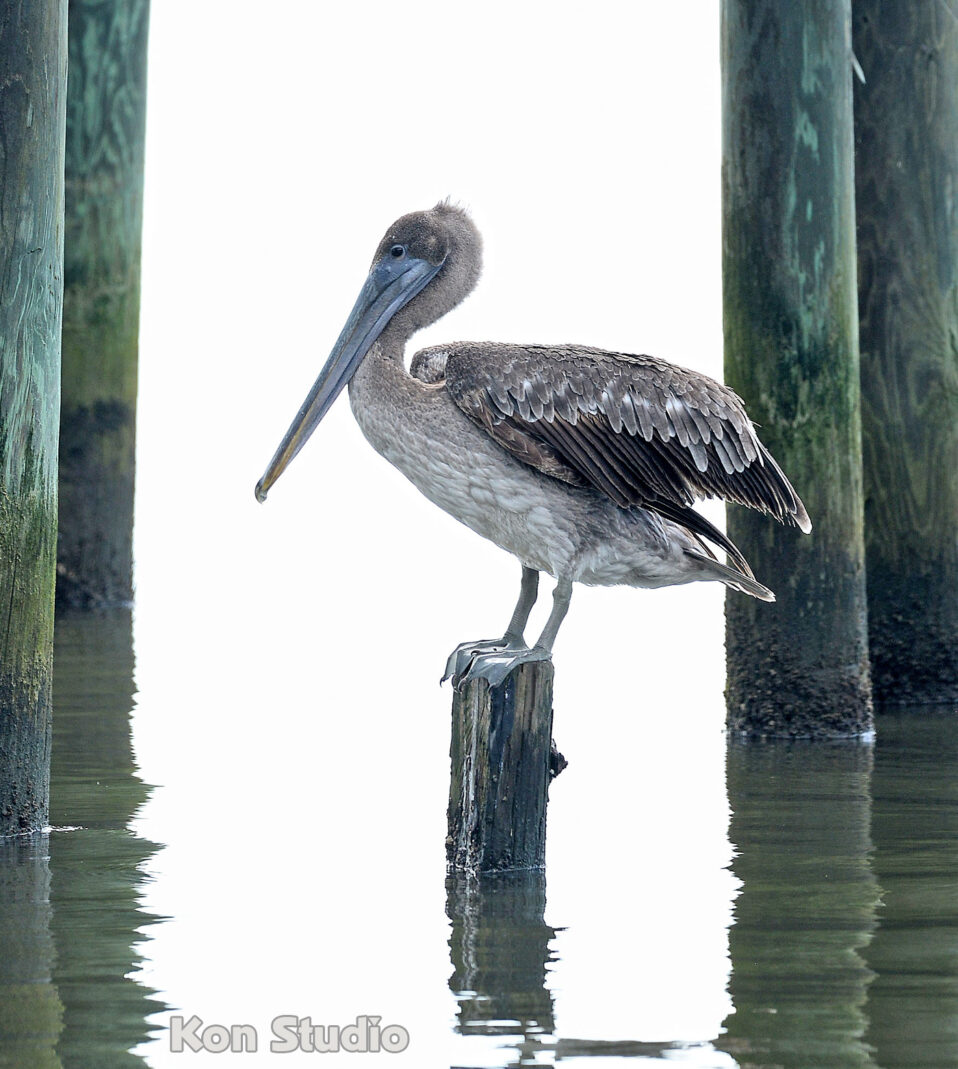
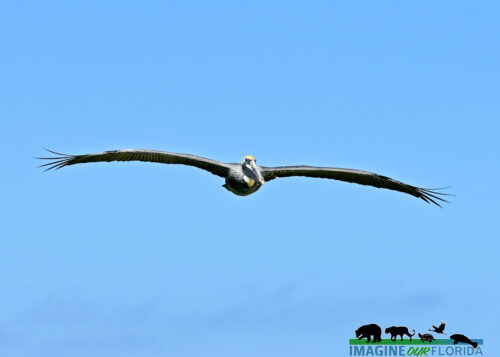
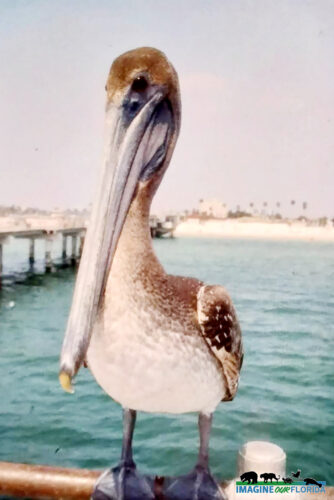
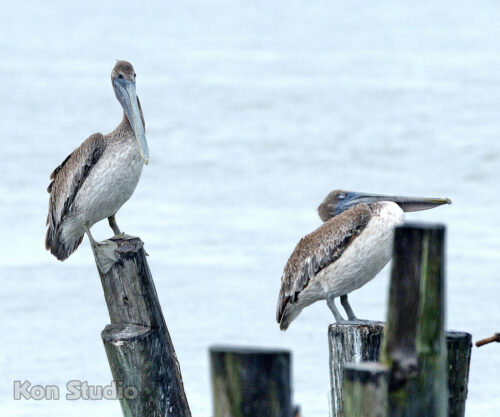
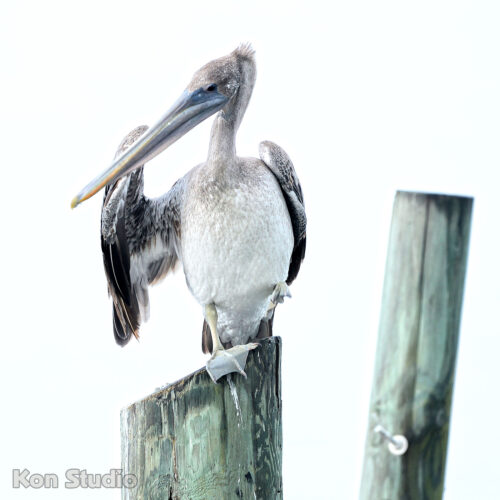
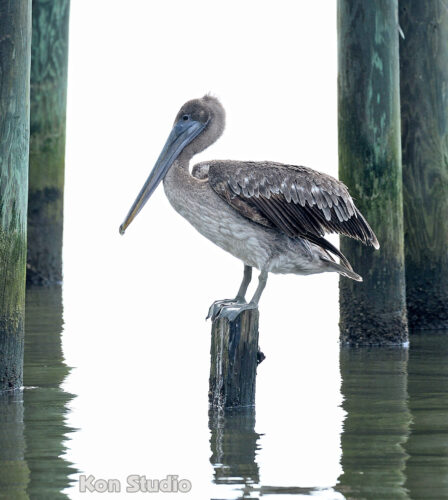


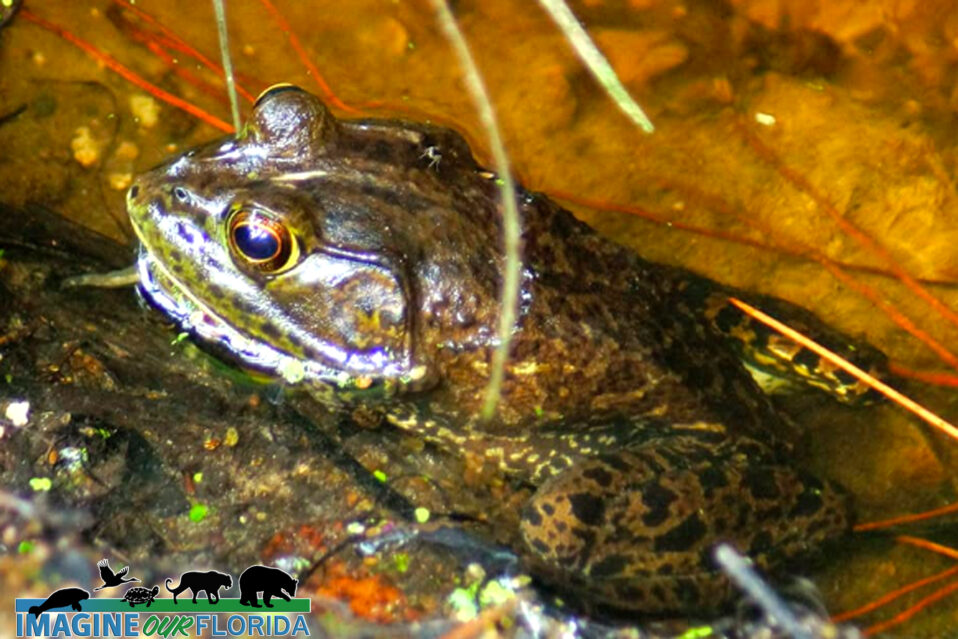
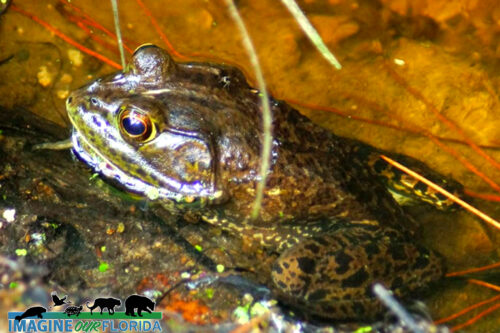
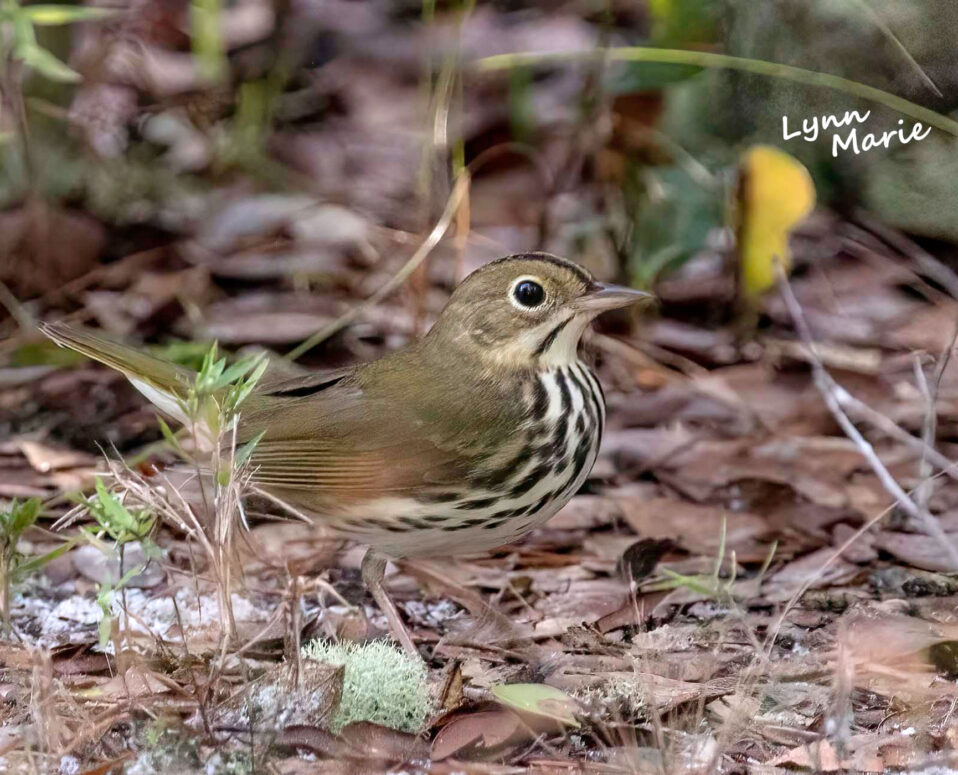
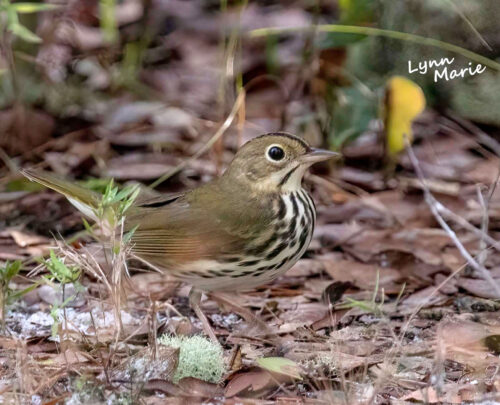
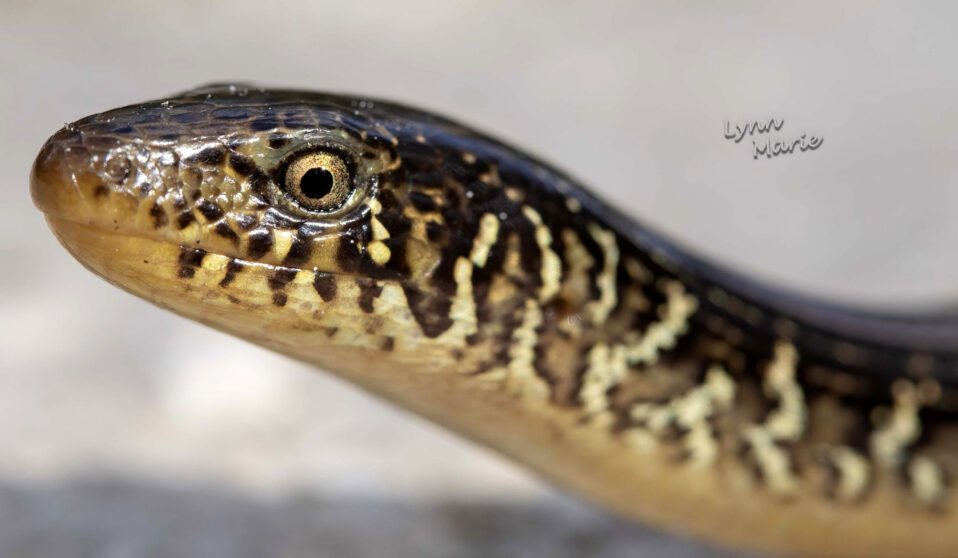
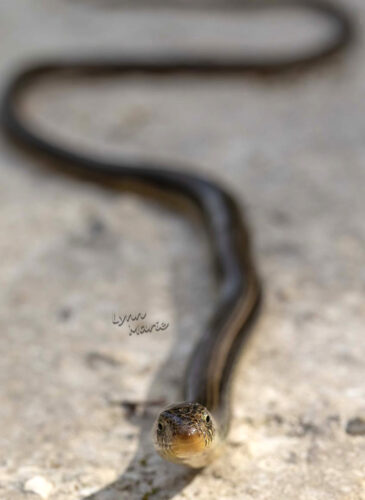
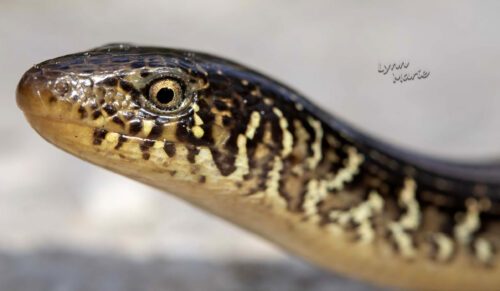
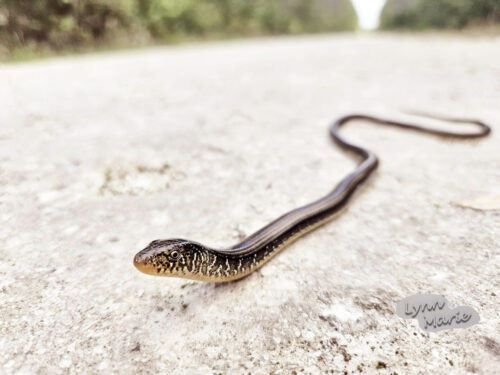
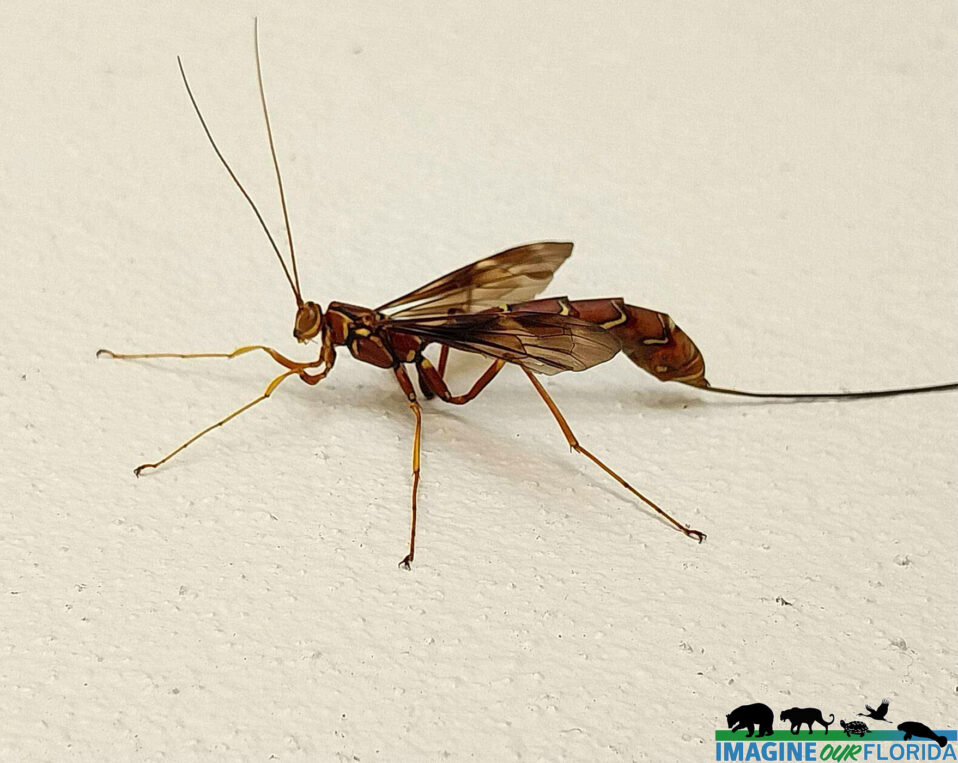
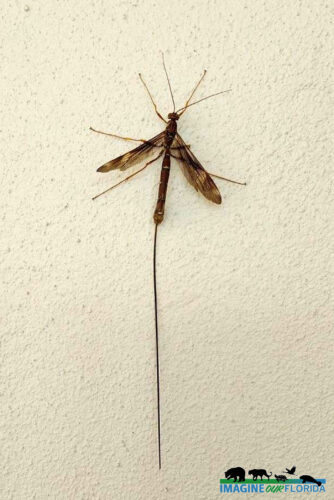
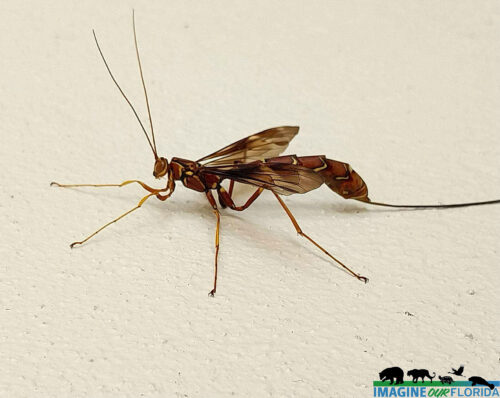
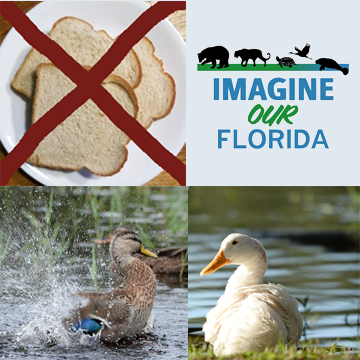
Recent Comments